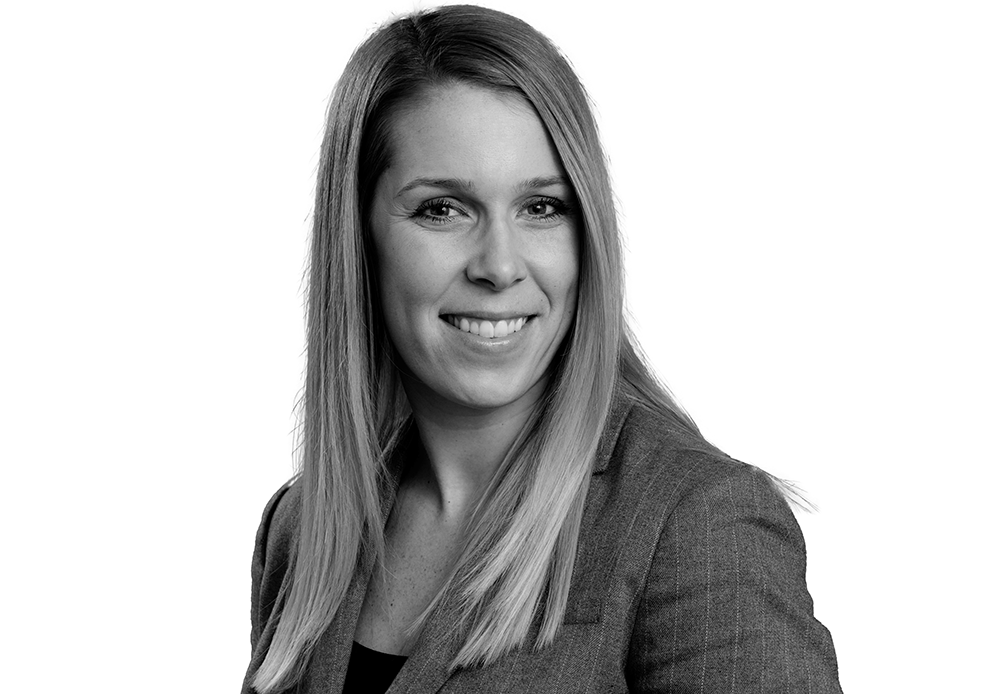We sat down with Ashley Dube, Northeast Market Director at The Difference Card, on making a difference in the health insurance field.
How is The Difference Card making a “difference” in the health insurance industry?
Prior to my tenure here, I worked on the insurance carrier side selling ancillary benefits such as dental, vision, life & disability insurance. I was trapped in the mindset that insurance premiums were supposed to increase greater than inflation year over year. When delivering these increases to our clients, I put myself in the business owner’s shoes. The increase in costs led to a game of musical chairs reallocating assets from one line item to another trying to absorb the increase. Health insurance is typically the second biggest line item behind payroll. This makes it difficult to run a profitable business with a standard 9%+ increase in costs each year. I was passionate about making changes in an industry that had been stagnant for 30+ years. By chance, I stumbled upon The Difference Card, whose goal was to challenge the status quo.
How has the pandemic affected the company, your services and the insurance industry as a whole?
Being nimble and adapting to change allowed us to not skip a beat when the pandemic hit. We seamlessly transitioned to working remotely for all employees. Our key performance indicators improved drastically. I was truly proud to work for a company that was recognised as an industry leader offering the best-in-class service to our clients given a global pandemic.
From a revenue standpoint, we had the most profitable year in the company’s 20 history during the pandemic. We distribute our product through insurance brokers who we helped win over $100 million in new client revenue in 2020 by offering our solution. Our seasoned sales team actively pursued new prospects and adapted to selling virtually. Our Leadership Team vetted the best technology platforms to give our new business and retention team the tools they needed to succeed.
When looking at our accomplishments throughout the pandemic, from a new business sales perspective we evaluated our wins as well as our losses. We noticed that our prospects fell on two opposite ends of the spectrum: those needing our strategy to reduce healthcare costs, and those who were resistant to change.
For those companies whose bottom line was hurting, it was attractive to them that our clients were saving 18% on average off their healthcare spend without reducing plan benefits. Traditionally when companies think of “savings” with their insurance plans they mitigate costs through changing insurance carriers, revamping plan designs, or increasing employee contributions. Our solution allowed them to keep their doors open when their businesses were struggling financially.
On average our clients are saving about $2000 per employee, per year off their healthcare spend.
For those companies who did not want to make any sudden changes, they continued to absorb double-digit increases to their medical insurance. Many decided to place decisions on hold until the pandemic was over. Initially, I was disappointed we did not win the business on the first attempt, but I am confident these prospects will re-evaluate options as the world returns to a new sense of normalcy.
The health insurance industry has certainly had its ebbs and flows during the pandemic as well. According to a recent Kaiser Family Foundation Study, the cost of US health insurance premiums has almost doubled in the past decade. By comparison, wages have only increased by 27% over the last 10 years. Health insurance premiums have increased 55%, with the cost of a family’s health plan estimated at $21,342 in premium. The high costs of healthcare are preventing Americans from accessing necessary services. Insurance companies realised a reduction in claims as members were postponing elective surgeries and doctor’s appointments. As care continues to be deferred, this leads to more advanced and complex illnesses, which could have been detected earlier with routine preventative care. This will lead to a domino effect where insurers will increase healthcare premiums as claims continue to rise and affect their profitability.
How have you navigated this?
Now more than ever companies are evaluating their benefits packages given the “Great Resignation”. A robust benefits package can be another tool to attract and retain employees, and is one of the first impressions to an interviewee. We give our clients the ability to offer enhanced benefits without a substantial premium contribution from the employee’s paycheck week to week. We work strategically with each client to meet the needs of their diverse employee population.
Tell us about the creative ways in which The Difference Card offers a cost- effective health insurance plan without reducing benefits for employees?
Our bread-and-butter product, a MERP (Medical Expense Reimbursement Plan), has been our most successful strategy. We aim to keep the client with the same health insurance company, including the same network of providers, to cause the least disruption possible. We recommend the company buys a plan with higher copays and a higher deductible to reduce the amount in fixed premium they will pay the insurance carrier. The company will then “self- fund” the difference in benefits, resulting in the same net plan to the employee. Our on-staff team of underwriters and actuaries use over 20 years of data to provide the company with a financial analysis of potential savings by using the MERP strategy.
For example, if a company’s medical plan currently has a $20 office visit copay, we recommend they purchase a plan with a $50 office visit copay to reduce the amount in fixed premium they are paying the insurance carrier. Health insurance carriers discount premiums for plans with higher out of pocket costs for the employees. To keep the same benefits intact, the company will then fund the difference in benefits ($30 in this example) to the employees. The Difference Card administers the reimbursement to mirror the benefits the company previously offered. On average our clients are saving about $2000 per employee, per year off their healthcare spend.
Why should more organisations consider working with The Difference Card?
Healthcare is not a one-size- fits-all product. Our clients range from companies with 25 employees to upwards of 1000. A few niche industries include non-profits, municipalities, and higher education. With certain clients the financial aspect of our solution is attractive. For others, we’ve strategised to build custom medical plans to improve benefits for employees.
By reducing medical premiums, our clients take significant advantage of the effects of compounding. If their medical premium prior to using The Difference Card was $1,000,000, typically for health plan recommendations the company would realise a reduction in premium of about $200-$300k. If the client were to receive a renewal premium increase the following year, it would be an increase on a much smaller number. We offer a multi-year cost savings strategy, versus just a Band-Aid for a tough medical renewal.
In the complex world of healthcare, there are solutions out there to mitigate costs. Our goal is to build the most cost-effective healthcare plans for our clients and to fix a broken healthcare system.
For more information, email sales@differencecard.com










